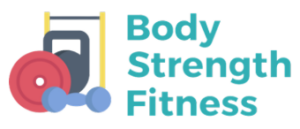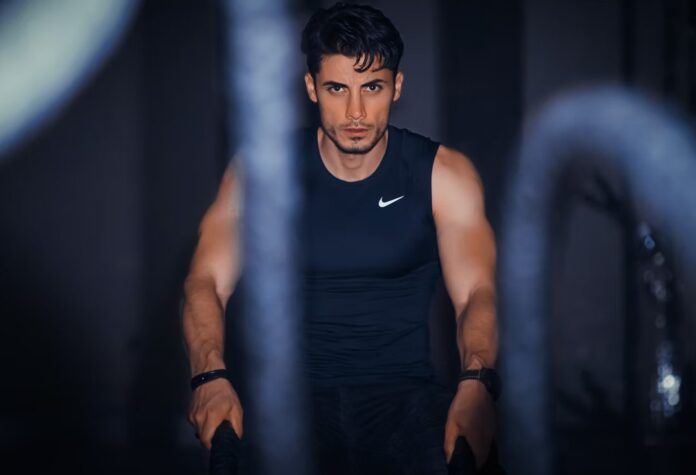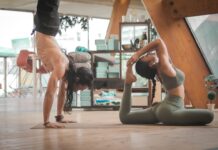One of the reasons bowhunting is so enticing is because it’s quite challenging. If you’re like most hunters, you reserve your few vacation days each year to spend time in the woods.
Don’t you owe it to yourself to ensure your success? You would never go hunting without fine-tuning your bow, yet the majority of bowhunters neglect to exercise their bodies before a hunt. Proper training results in increased consistency, a more pleasurable hunt, and the capacity to hunt hard long after your hair begins to gray.
The following article specifies the basic workouts that every beginner bow hunter needs to practice. Please check them out now.
1. Dumbbell Rows with Single Arm
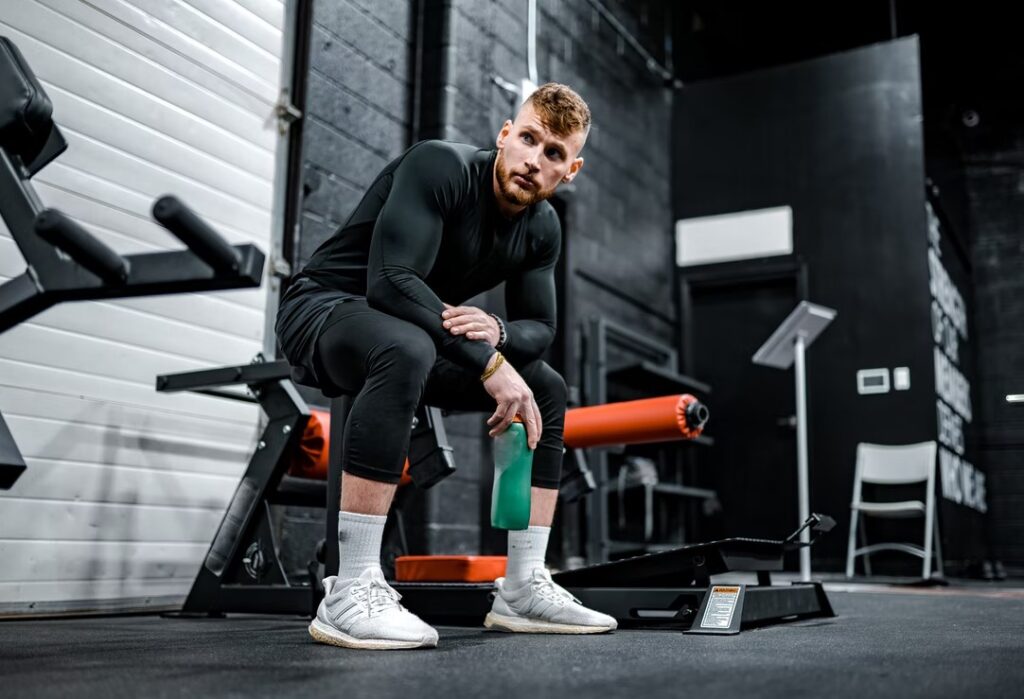
This exercise bears a close resemblance to arrow draws. It primarily reinforces the traps, lats, rhomboids, and also the muscles located in the upper arm.
This exercise is perfect if you wish to achieve a heavier pull or become capable of shooting more arrows without getting tired.
Dumbbell rows are performed by leaning on top of a bench or any stable surface. Keep the body parallel to the surface and pull the dumbbell towards the ribs.
To make the exercise a little more challenging, try doing an isometric hold for at least three seconds. Pull the weight up towards your ribs and then hold it there for three seconds before bringing it down. Before you go on a bow hunting journey, make sure you have the proper equipment that is needed.
2. Plank

The plank allows you to maintain tension in your body without movement. The push-up plank and forearm plank are both great for beginner bow hunters. You must practice with utmost diligence so you can hold the plank for two minutes.
The most common mistake that bow hunters commit when doing planks is not creating enough tension in the glutes and abs. This causes lower backache and injury. Always get into the plank position and squeeze the glutes. Your abs will in turn engage and fix the postural problems.
Do two to three sets of planks for as long as you can. The beginner bow hunters start with 20 seconds.
3. Push-Up

If you wish to pursue bow hunting, you must be great at push-ups. Apart from strengthening the upper body, push-ups keep your entire body tense and in motion at the same time. Your abs also get a workout.
Get into position by keeping your fingers forward. When you begin bending the arms, make sure your elbows are tight and a bit out. Elbows must never be parallel to the shoulders.
This can cause injury.
Do you find push-ups too difficult? If yes, try doing them on your knees or on the side of a bench.
Do you find push-ups really easy? If yes, try adding weights. There are plenty of push-up variations that you can practice.
4. Romanian Deadlift
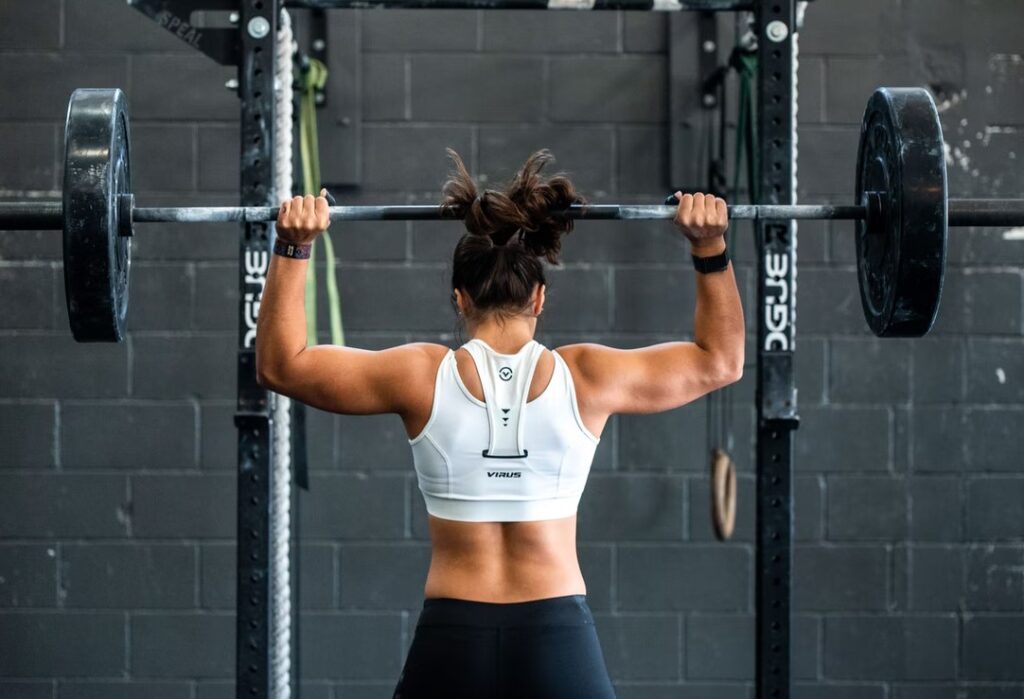
For bow hunters and archers, Romanian deadlift or RDL strengthens the hamstrings, glutes, and muscles lying in the lower back. It also teaches them how to maintain tension in the upper body, which is significant when requiring a long time to shoot.
When setting up for RDL, please use two dumbbells, one kettlebell, and a barbell. Hold the weight so it stays in line with the hips.
Slightly bend your knees and pull the shoulders back. Then push the hips back until you feel a tension or stretch in the muscles at the back of your legs, also called hamstrings. A few bow hunters are flexible and capable of touching the floor. However, most bowhunters cannot touch the floor without hurting their back.
5. Rowing
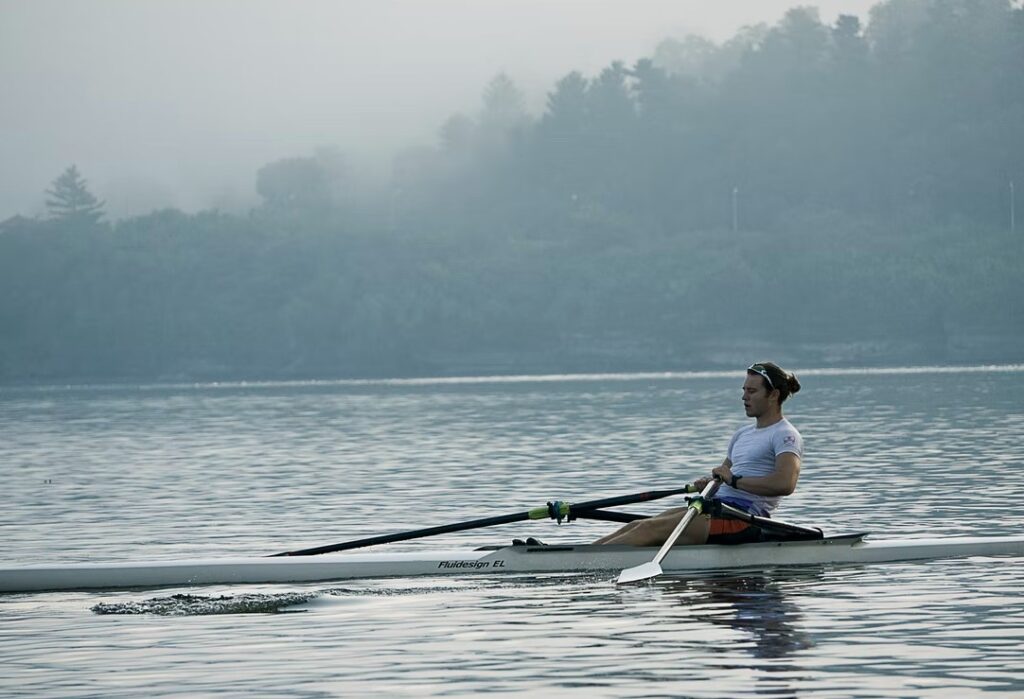
You cannot neglect the cardio exercises. Although bow hunting and archery may not seem like an endurance activity, shooting a hundred shots in one day and walking continuously can seriously wear you out.
Kayaking or rowing helps bow hunters the most as they establish endurance in the muscles needed for shooting. Another option is ski erg that works on similar muscles but in a different manner.
Biking, running, hiking, and any kind of cardio exercise can enhance your bow hunting game.
Start slow – maybe 10 to 15 minutes a day. Gradually build up until you accomplish a desired distance or time based on the location you are hunting in and what you may come across.
6. Goblet Squat
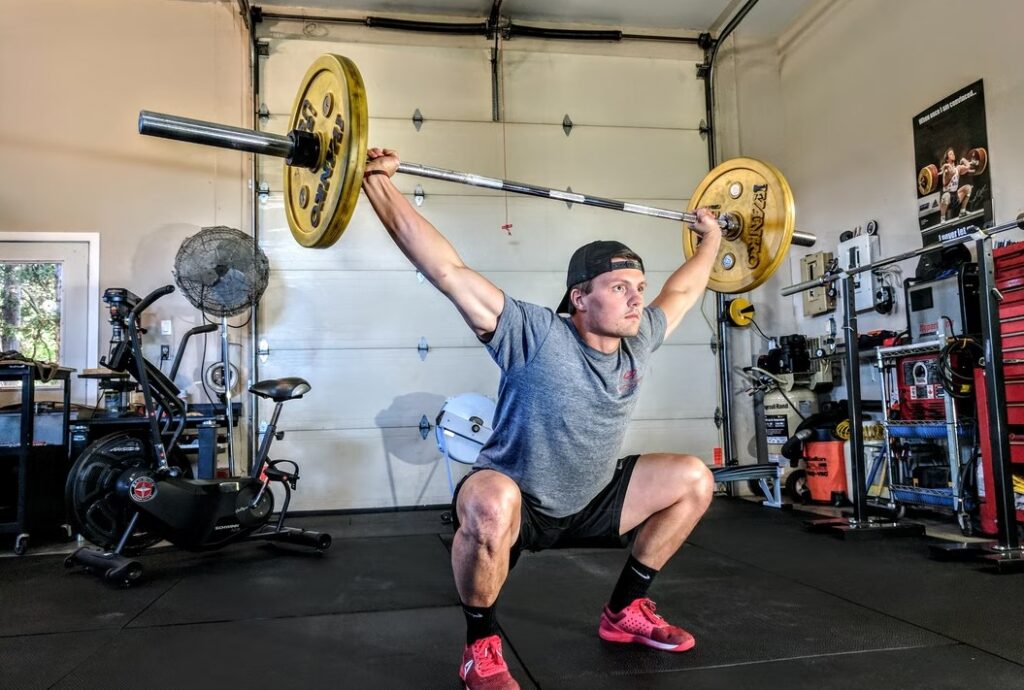
Squats aim to strengthen the muscles in the leg. However, a dumbbell or kettlebell goblet squat compels you to generate tension in the upper body through overall movement. This increases strength in the arms, abs, and upper back.
To perform the squat, you must hold the dumbbell or kettlebell at chest height. Bend the knees and sit back on the heels when going down. Make sure the legs are parallel to the surface you are practicing on.
Don’t worry about the knees. Doing squats appropriately would not injure your knees. It will only make them stronger. However, if you are struggling, you should do a box squat.
Here you sit on a stable box or bench.
7. Dumbbell Lateral Raise
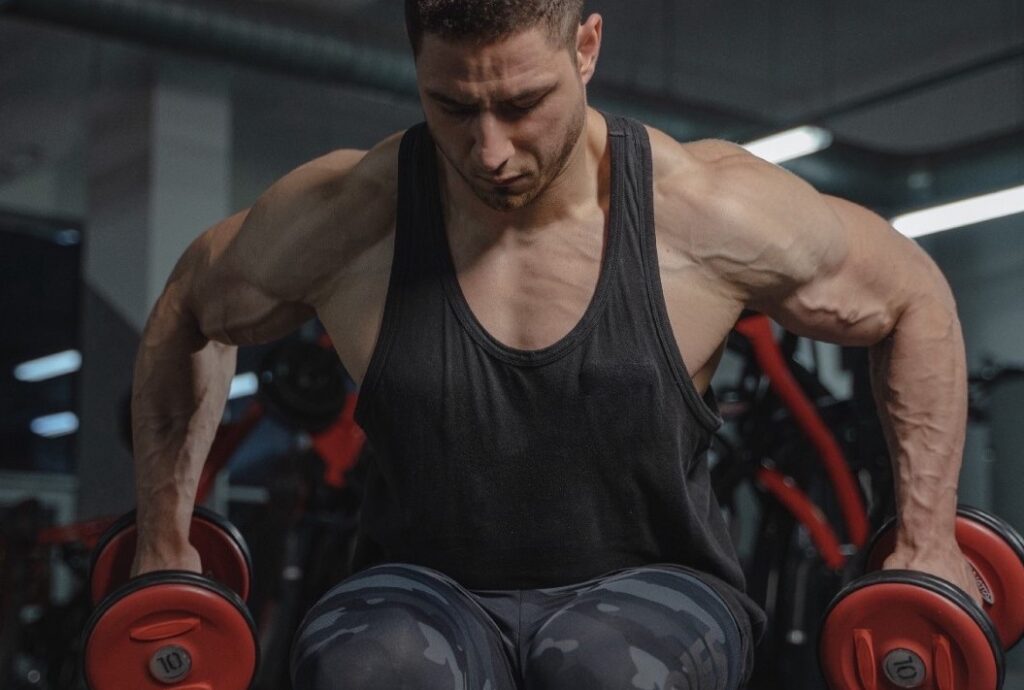
Now the lats and upper back are the main movers in bow hunting but you cannot forget about your shoulders.
Dumbbell lateral raise enables the bow hunters to build endurance and strength in the shoulders. They can thus hold the draw for prolonged periods and still shoot with maximum precision.
To perform this exercise, stand with two dumbbells at the sides. Lift them until the arms become parallel to the ground. Make sure to not swing the weights or shrug the shoulders when doing dumbbell lateral raise.
The beginner bow hunter needs to do at least four sets for 15 reps. They must take 90 seconds of rest in between.
Although the workouts stated above are beneficial, to succeed, bow hunters also need excellent gear.
Final Word
We hope all the beginner bow hunters exercises included in the article turn out to be helpful for you. These exercises are an amazing start to your routine. If you want something customized, you can seek professional assistance from a professional trainer.
